This shrimp pad Thai recipe has everything you love in your favorite takeout meal, but is made even better at home. Packed with bold, umami flavors, tender shrimp, soft noodles, and a sweet and tangy sauce, it comes together in less than 30 minutes using just one wok.
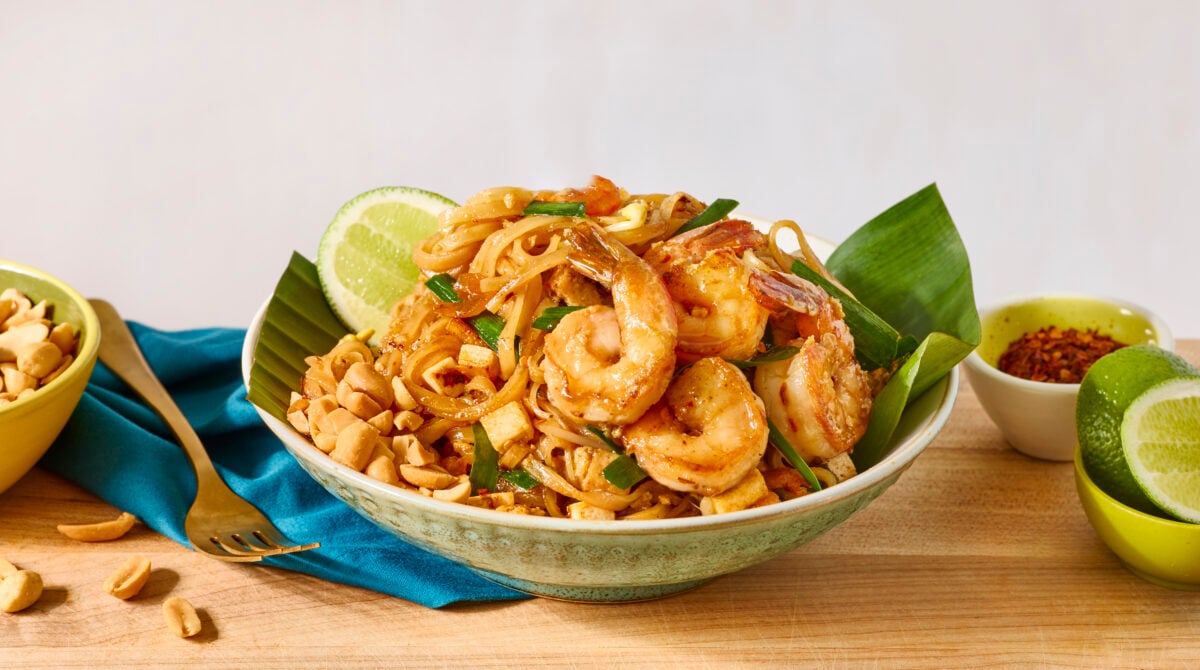
Believe it or not, you don’t need a flight to Thailand to experience great pad Thai. I’ll show you how to make an authentic shrimp pad Thai recipe using the same technique I’ve shared with thousands online. Just make sure to have all your ingredients gathered and prepped before you begin, because once you start cooking, all the ingredients come together quickly.
Ingredients and Notes
See the recipe card below for the complete ingredients list and instructions.
For the Pad Thai Sauce
- Palm Sugar – A common sweetener in Thai and Southeast Asian cuisine, this adds a sweet, slightly toffee-like taste. That said, if you can’t find palm sugar, granulated sugar or a mixture of granulated sugar and brown sugar will also work.
- Tamarind Paste – This gives pad Thai its signature tangy taste.
- Fish Sauce – Adds umami, salty flavor. I typically find this in the Asian or ethnic sections of my local grocery store.
For the Shrimp Pad Thai
- Dry Rice Noodles – I recommend using medium rice noodles. I find that thinner noodles don’t soak up the sauce as well.
- Oil – I recommend using vegetable oil because it has a neutral taste and a fairly high smoke point that prevents burning when working with high heat.
- Shrimp – Use either large or medium shrimp, and make sure they’re peeled and deveined before you begin.
- Shallot and Garlic – These aromatics create a sweet, tangy, savory flavor base.
- Tofu – Firm tofu works best for this shrimp Pad Thai recipe. Drain any excess liquid, and cut it into equal-sized cubes.
- Thai Chili Flakes – Optional but highly recommended, Thai chili flakes infuse the dish with the perfect touch of heat, in my opinion.
- Dried Shrimp – These enhance the salty, umami flavors in the dish and add a little extra texture.
- Preserved Daikon Radish – A key component in traditional Pad Thai recipes, this adds a sweet, tangy taste.
- Egg – Scrambled and combined with the noodle mixture, these add rich flavor, protein, and help create a slightly creamier consistency.
- Bean Sprouts – A must-have in Pad Thai, these add crunch and a bright, almost vegetal flavor.
- Garlic Chives – These have a stronger garlicky flavor than regular chives and pair nicely with the other ingredients.
- Roasted Peanuts – Used as a garnish, these enhance the texture and provide a nutty flavor. If needed, crushed cashews will also work.
How to Make Shrimp Pad Thai
1. Make the Pad Thai Sauce
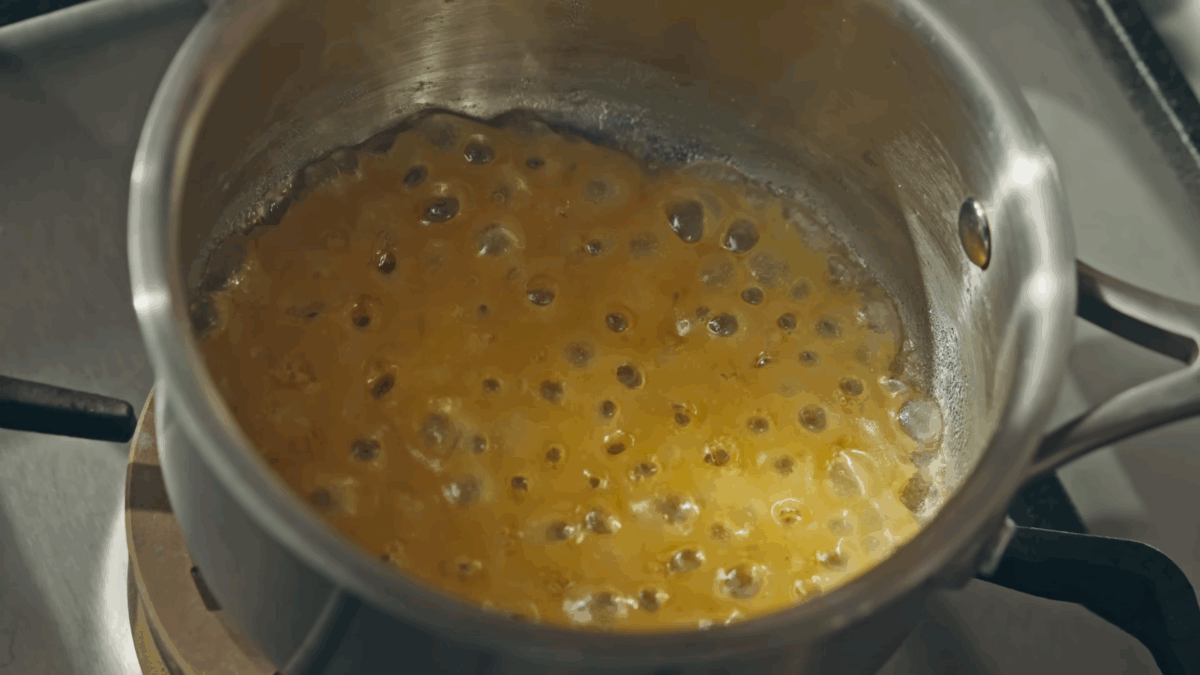
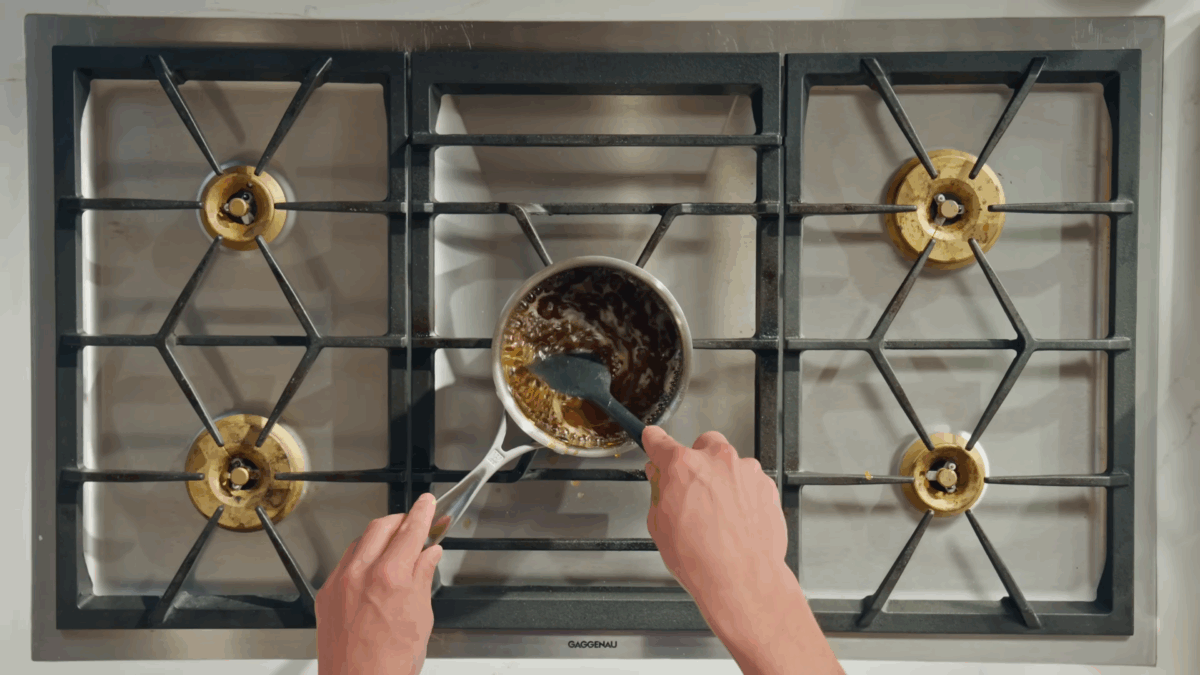
3. Cool. Remove the pan from the heat and set aside to cool.
2. Prepare the Pad Thai
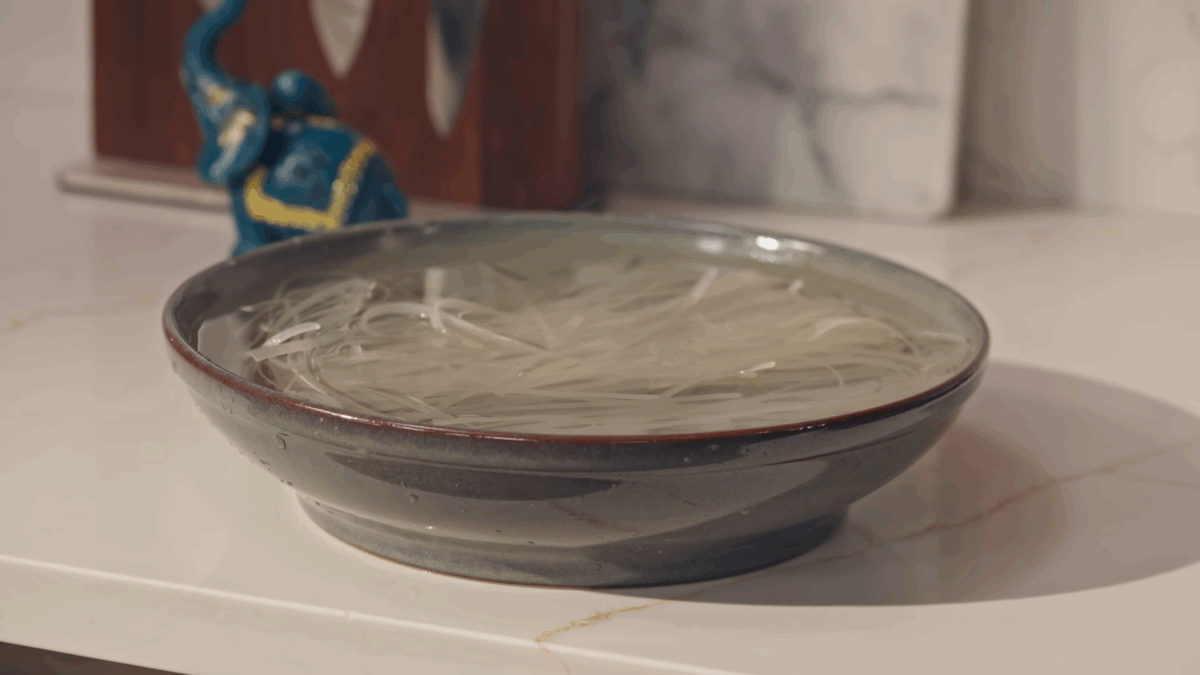
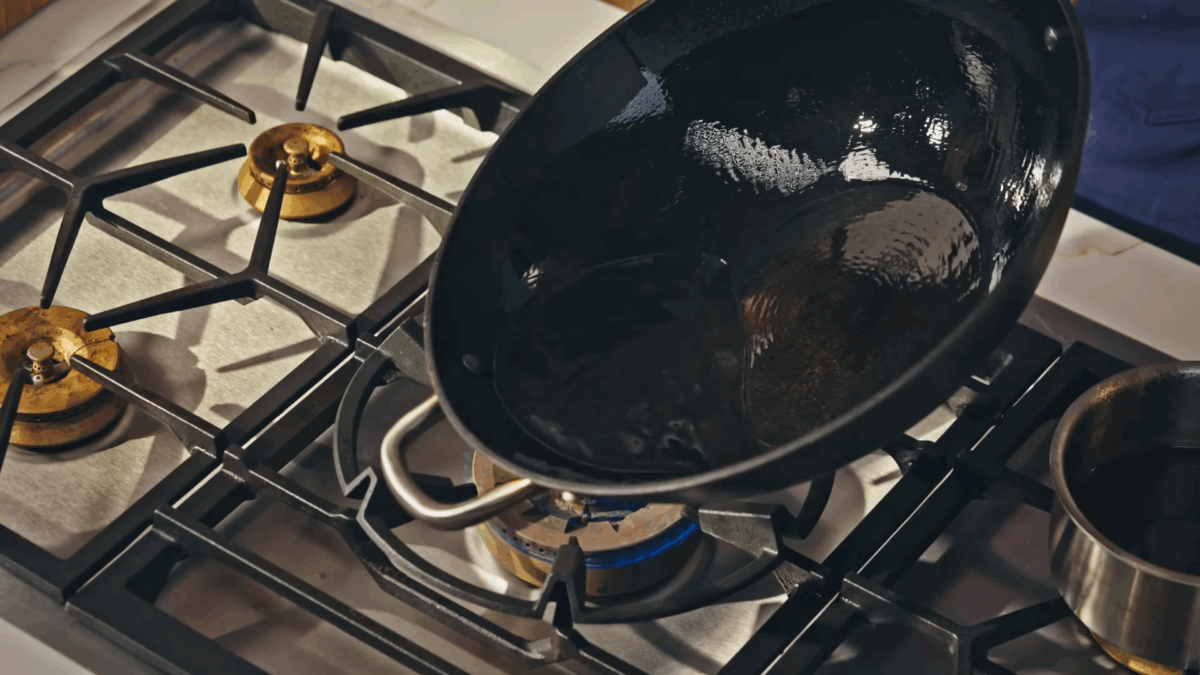
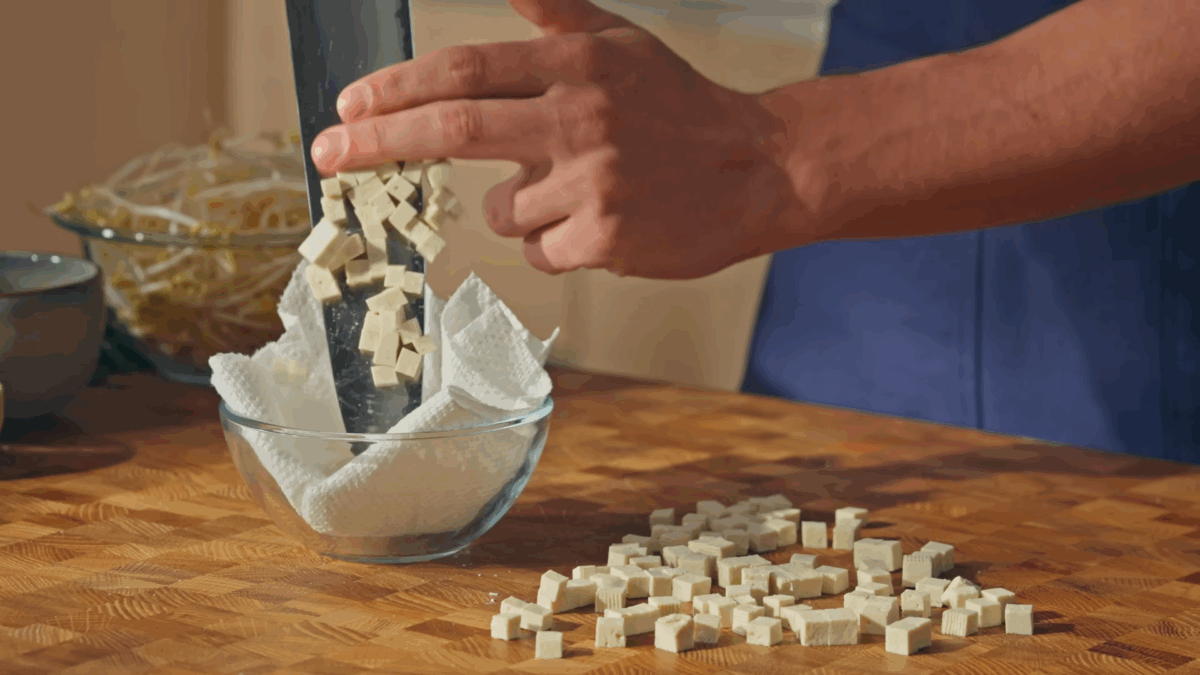
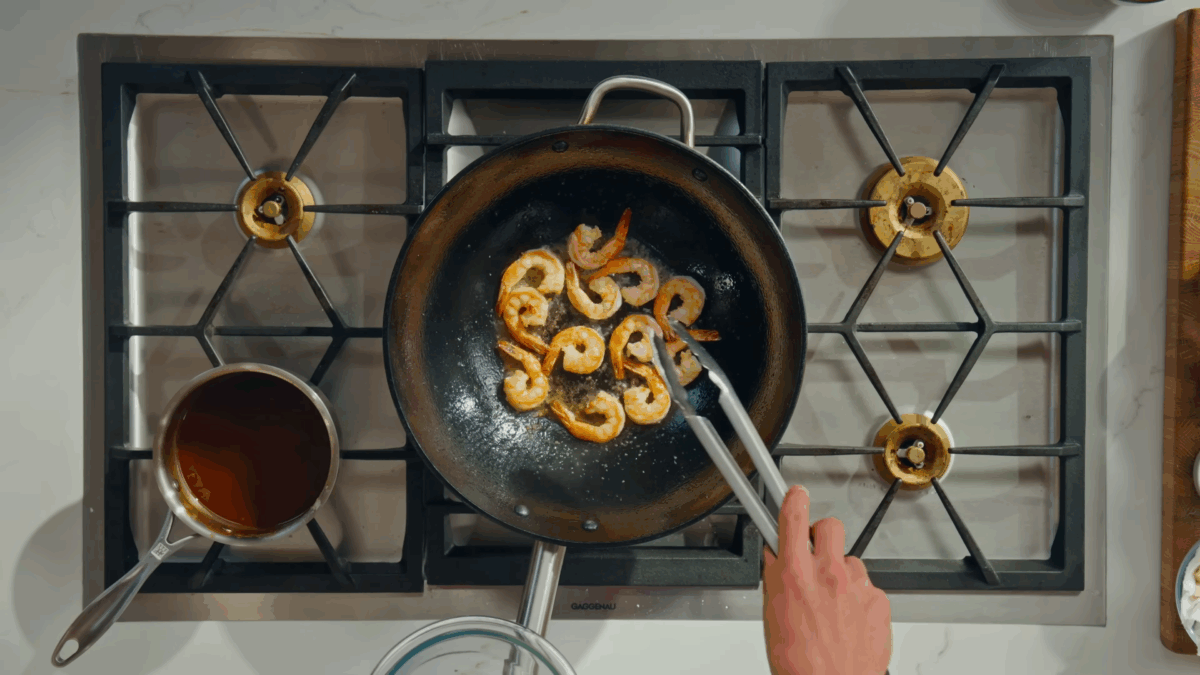
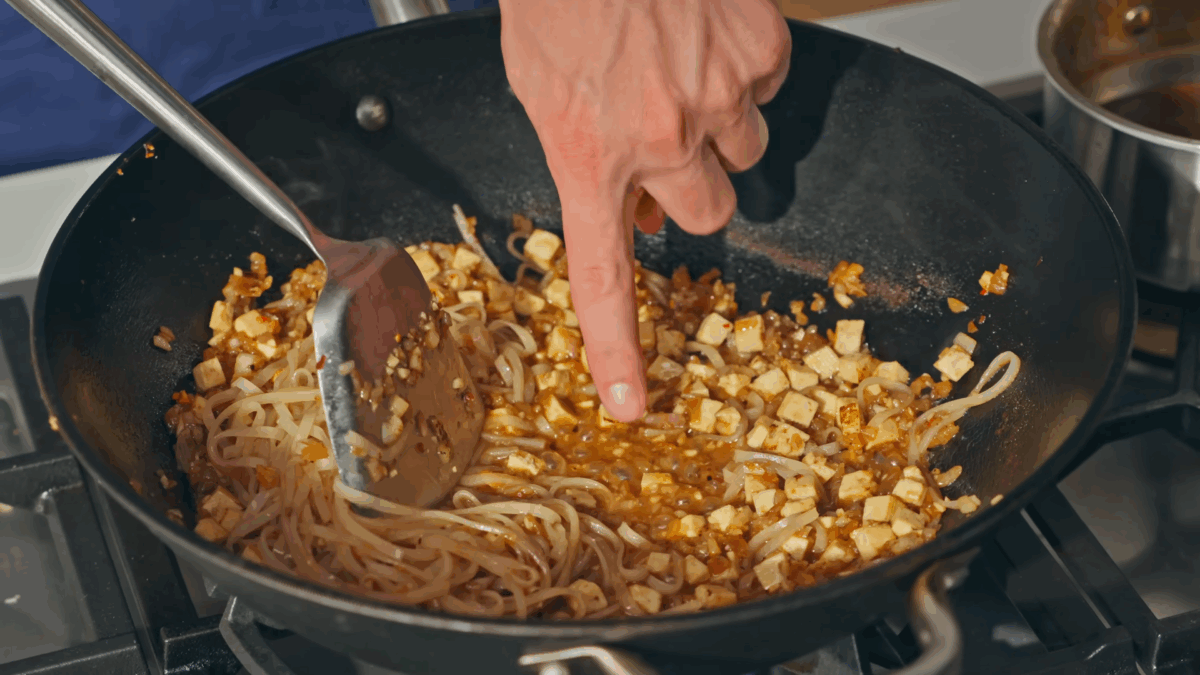
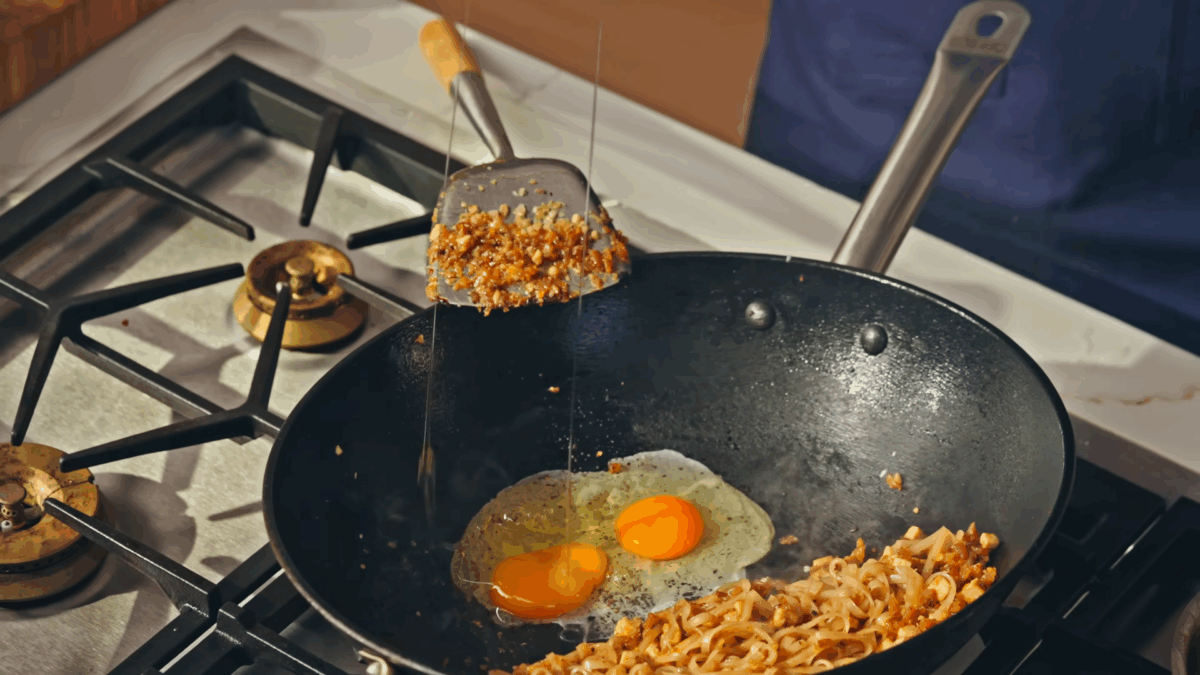
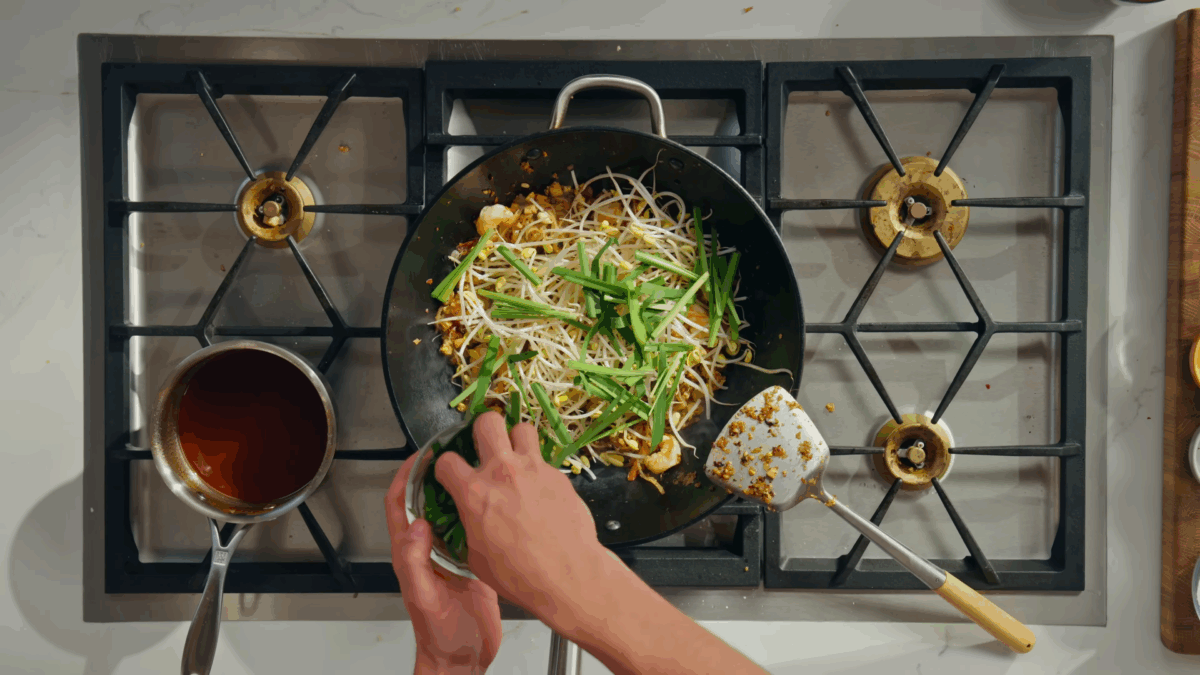
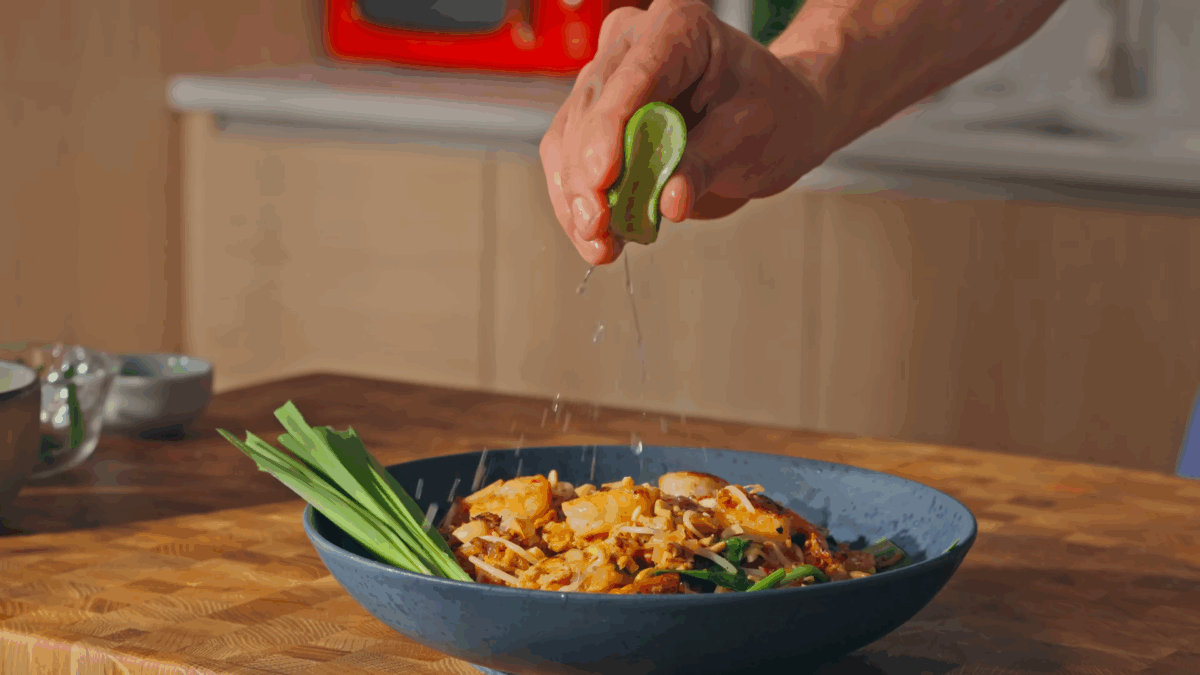
Possible Variations
- Vegetarian Pad Thai – Omit the shrimp and fish sauce, and substitute with soy sauce and mushrooms or more tofu.
- Chicken Pad Thai – Use sliced chicken breast or thighs instead of shrimp, adjusting the cooking time as needed to ensure it cooks all the way through.
- Spicy Pad Thai – Add extra chili flakes or a spoonful of chili oil if you love a bit of heat.
- Egg-Free – Simply leave out the eggs; the dish will still be flavorful!
Shrimp Pad Thai Recipe
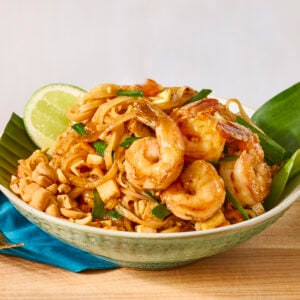
Equipment
- 1 Small Saucepan
- 1 Large Bowl
- 1 Large Wok
Ingredients
For the Pad Thai Sauce
- 2 ½ ounce (70 gram) palm sugar, roughly chopped
- ½ cup (145 gram) tamarind paste
- ¼ cup (65 gram) fish sauce
- 6 tablespoon (90 gram) water
For the Pad Thai
- 4 ounce (113 gram) dry rice noodles
- ½ cup (113 gram) vegetable oil
- 1/2 cup (100 gram) shallot
- 6 large (40 gram) garlic clove, chopped
- 4 ounce (113 gram) firm tofu, cubed
- 1 teaspoon (2.5 gram) Thai chili flakes, optional
- 3 tablespoon (40 gram) sweet preserved daikon
- 2 tablespoon (15 gram) dried shrimp, chopped
- 2 large egg
- 10 (70 gram) garlic chive, cut into 2-inch sections
- 6 ounce (175 gram) bean sprouts
- ¼ (40 gram) cup roasted peanuts, chopped
For Serving
- lime wedges
- extra roasted peanuts
Instructions
Make the Sauce
- In a small saucepan over medium heat, melt the palm sugar. Swirl, and stir for one to two minutes until caramelized.2 ½ ounce palm sugar
- Carefully add tamarind paste, fish sauce, and water. Stir and bring to a simmer until sugar dissolves again.½ cup tamarind paste, ¼ cup fish sauce, 6 tablespoon water
- Remove from heat and let cool.
Make the Pad Thai
- Soak noodles in room temperatrure water for one hour or until just pliable. Drain.4 ounce dry rice noodles
- Heat 1/4 cup oil in a wok over high heat. Once smoking, pour it out to season the wok.½ cup vegetable oil
- In a bowl, combine tofu, shallots, garlic, chili flakes, dried shrimp, and preserved radish.6 large garlic clove, 4 ounce firm tofu, 1 teaspoon Thai chili flakes, 3 tablespoon sweet preserved daikon, 2 tablespoon dried shrimp, 1/2 cup shallot
- Add two tablespoons of oil to the hot wok. Cook shrimp for two minutes until pink. Remove and set aside.
- Add remaining oil and tofu mixture. Cook for two to three minutes until shallots are golden and translucent.
- Add noodles and half the sauce. Toss and cook for one to two minutes until sauce is mostly absorbed.
- Push noodles to one side. Crack in the eggs, lightly scramble, then fold into noodles.2 large egg
- Return shrimp to the wok. Toss and heat through.
- Remove from heat. Stir in chives, sprouts, and half the peanuts.10 garlic chive, ¼ cup roasted peanuts, 6 ounce bean sprouts
- Serve with lime wedges, more peanuts, chili flakes, extra sprouts, and chives.lime wedges, extra roasted peanuts
Video

Notes
Nutrition
Nutrition information is automatically calculated, so should only be used as an approximation.
 Like this recipe? Rate & comment below!
Like this recipe? Rate & comment below!Frequently Asked Questions
For the best results, add a splash of water to your leftovers. Then, reheat them in a wok or skillet over medium heat just until warmed through. I don’t recommend warming shrimp pad Thai in the microwave, as the shrimp are likely to become rubbery, and the noodles will turn to mush.
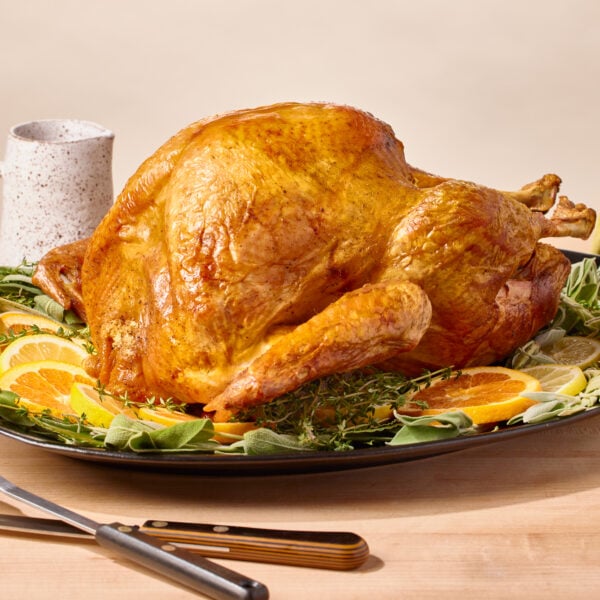
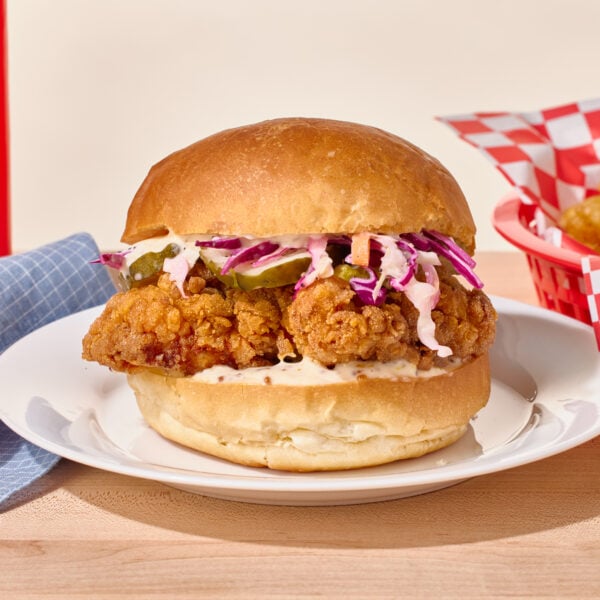

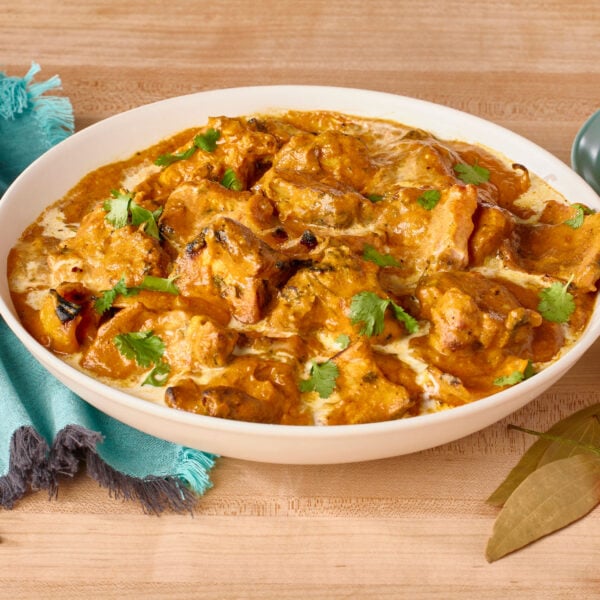
Food
I prefer to not watch a video. Can you edit your recipe to include the amount of fresh shrimp needed since it was omitted in the ingredient list.
It looks like it is there under “For the Pad Thai”!
great recipe!
Hi there to every body, it’s my first go to see of this weblog; this web site
consists of amazing and genuinely fine information in favor of visitors.
I’m going to try this recipe today!
P.S. In the recipe at the bottom (the one with the red outline), shallots/garlic are missing in the ingredients list.
I love pad Thai !!! I love this
SO DELICIOUS!
This recipe is AMAZING, love it so much, i am for sure going to make this more often, THANK YOU NICK!!!!
yes !!!! thank you
Really tasty!